Caricature artist draws the famous and the rest of us
Published in Books News
Robin Schwartzman is a woman of 10,000 faces.
That’s at least how many faces she’s drawn over the past 23 years as a professional caricature artist.
The Minneapolis resident wears other artistic hats: She’s a lecturer who teaches 3D modeling and digital fabrication at the University of Minnesota Department of Art, where she got her MFA degree. She’s also co-founder of a miniature golf design studio called A Couple of Putts.
But the 39-year-old has been a caricature artist the longest. When she was 15, she landed a summer high school job drawing people at the Pennsylvania amusement park near where she grew up.
The arty teenager was given a bit of training, a marker and an easel.
“Then they throw you out on the midway and say, ‘Good luck,’” Schwartzman said.
At first, “you do a lot of bad drawings,” she said. But with repetition, she got better. “It’s a lot of rinse and repeat.”
Now she’s really good. Award-winning, in fact.
She’s also an advocate and promoter of the art form as the current president of the International Society of Caricature Artists, a 1,500-member organization that hosts an annual conference with competitions Schwartzman describes as “the Olympics of caricature.”
There’s also a sort of Oscar award for the caricature artist of the year. It’s called the Golden Nosey.
Schwartzman hasn’t won a Golden Nosey yet, though as an expert in 3D digital fabrication, she’s in charge of manufacturing the trophy.
She has gotten titles in competitions such as Outstanding Monochromatic Technique, Outstanding Minimalist Technique and World’s Fastest Caricaturist. She won a first place for Outstanding Black & White Technique at the 2025 Japan Caricature Grand Prix.
And now she has a new book, “Drawing Influence: Movers and Shakers of the 21st Century,” which includes black and white drawings capturing the faces of more than 150 iconic figures of the past 25 years from politics, business, entertainment, sports and pop culture, along with a telling quote from each notable.
For example, her drawing of football legend Tom Brady is accompanied by his declaration: “I’ve never eaten a strawberry in my life.”
Elon Musk is drawn with one of his cars saying, “I would like to die on Mars. Just not on impact.”
“It’s important to remember that you’re born naked, and the rest is drag,” according to RuPaul, who is drawn in drag and not.
Schwartzman still takes occasional jobs at county fairs, Fourth of July festivals, weddings, holiday events, even dog birthday parties, doing the kind of quick drawings of a live subject that she specialized in as a teenager.
She recently drew partygoers at a downtown Minneapolis hotel who were playing in a Pro-Am golf event that was part of the 3M Open.
“They sit down, the marker hits the paper, and I start drawing,” she said of the live drawings which might take her three to five minutes to complete. “I’m not thinking much. I’m just putting marker to paper.”
She has to be fast, especially if there’s a line of people waiting to have their image drawn. Her main tool for this sort of work is an ordinary Crayola brand marker.
“I’ve used every marker in the book over the years,” she said. “This one has the right thickness. They’re best when they’re new and they’re nice and juicy.”
Some faces are easier to draw than others.
“Some people sit in the chair, and I say, ‘Yes!’” Schwartzman said. “Some faces practically draw themselves.”
She said older men often have acquired the faces that caricature artists like to see in front of them: “Really prominent features that are easy to play with.”
“When someone sits, you can feel right away if they have a sense of humor. Then I can really have fun,” she said. “We have the best job. We get paid to make silly pictures and make people laugh.”
The black and white drawings she did for her book are more considered and intentional, created in her home studio on an iPad using a digital illustration app called Procreate.
After studying photographs of a subject, she sometimes spends hours refining a single drawing.
“There’s an energy that you put through each line, and I think that’s what comes through,” Schwartzman said.
She said she once spent about 14 hours on a drawing of Idris Elba, while Timothée Chalamet took only 30 or 40 minutes.
“Every single face is an entirely different challenge and puzzle,” Schwartzman said. “To me it never gets boring.”
Sometimes she takes commissions. A company might want a drawing of an executive or someone wants an unusual gift for a spouse.
“I once drew a llama at a county fair,” she said.
Her drawings may remind you of the artwork of the late Al Hirschfeld, a caricature artist famous for depicting Broadway stars and other celebrities in the pages of the New York Times, the New Yorker and Playbill.
Schwartzman says Hirschfeld was an early inspiration and influence in her work.
But she’s also inspired by the multitude of styles she encounters at caricature artist conventions. She estimates there are about 20 to 30 working caricature artists in Minnesota.
Caricature artists can be misunderstood as creators of unskilled drawings.
“There is a lot of bad street art,” Schwartzman admits.
But “the best of the best are truly some of the most genius artists that I know,” she said. “When I attend a caricature conference, I feel I learn more in a week than in a year at art school.”
She also exercises her skills by participating in something called the Caricature Resolution, where artists around the world agree to draw the same list of 31 people, one for every day in January.
The January 2025 challenge involved drawing cast members of television shows like “The Walking Dead” and “Stranger Things.”
“It’s become a worldwide phenomena,” Schwartzman said.
Schwartzman said some potential subjects are concerned that caricature artists are just seeking to highlight facial flaws.
But “we don’t think of it as flaws. We think every face is beautiful in its own way. We want to highlight the things that make you you,” Schwartzman said. “There’s a way of perceiving the world and push and pull shapes while maintaining that likeness.”
Schwartzman admits she hates to draw herself, but she knows what it’s like to be on the other side of the easel. At caricature conventions, the artists spend a lot of time drawing each other.
She has dozens of drawings of herself by other artists in a multitude of styles, which you can find on her Instagram page at @robinschwartzman. Some drawings emphasize her nose. Some highlight her heavy eyelids.
“We call them hamburger eyes,” she said.
Some are done in “beasthead” style, so extremely abstract that they barely resemble a human face.
“I’ve had other artists draw me as a giraffe,” she said.
“In my opinion, a good caricature looks and feels more like that subject than the subject itself,” Schwartzman wrote in her book. “It captures the essence of a person.”
©2025 The Minnesota Star Tribune. Visit at startribune.com. Distributed by Tribune Content Agency, LLC.
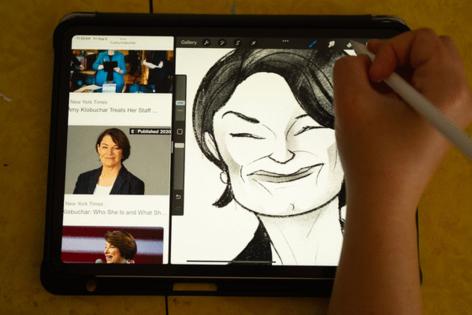
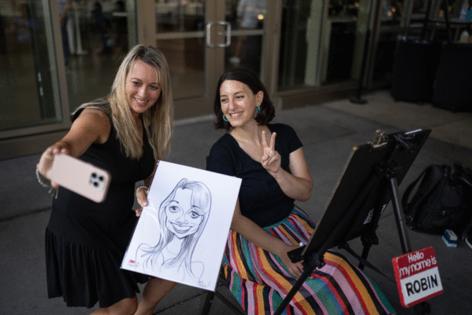
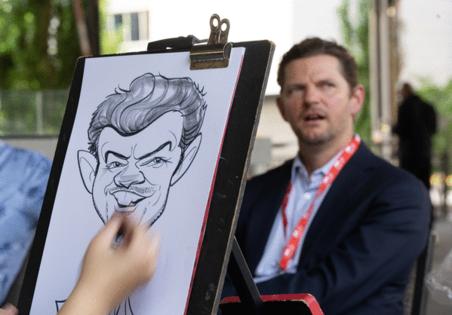
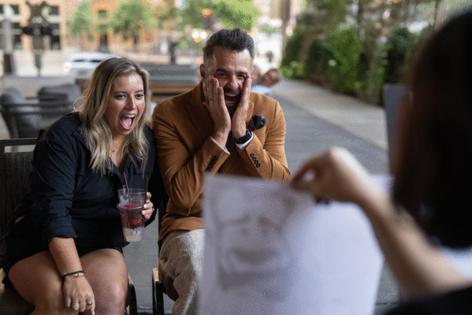






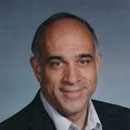
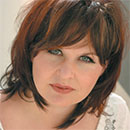
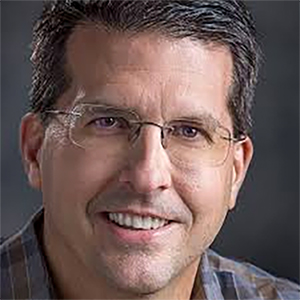
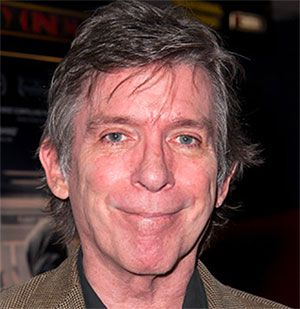
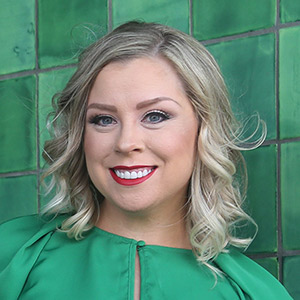
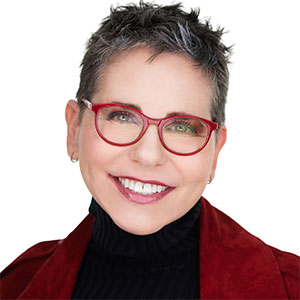
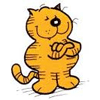
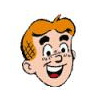
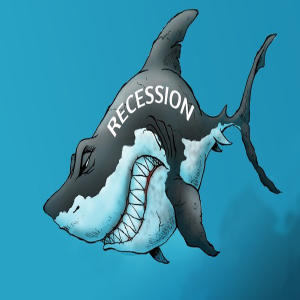
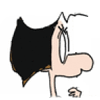
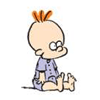
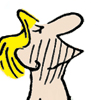
Comments